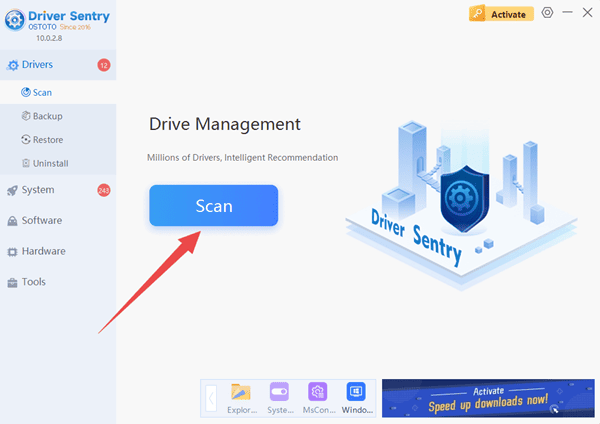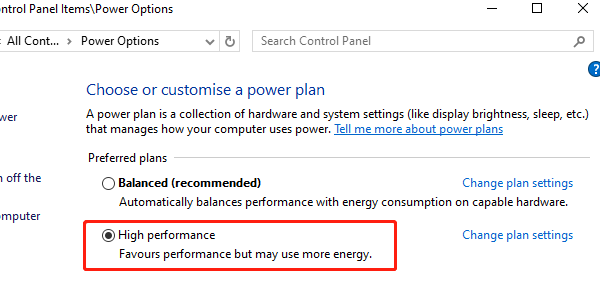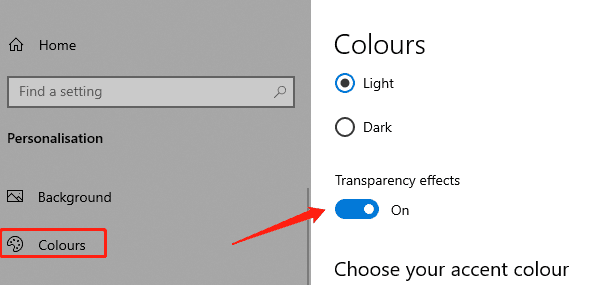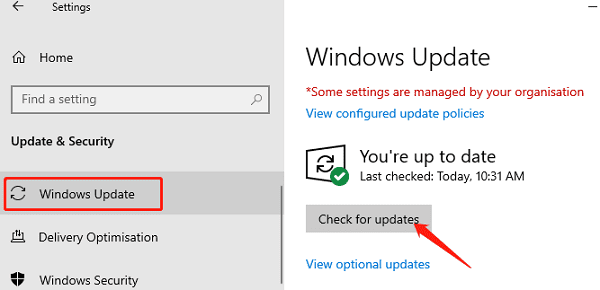
This article will detail ways to fix laptop screen flickering to help users find the problem and fix it.
Method 1: Check Screen Refresh Rate
The screen refresh rate determines how many times the screen is refreshed per second and is usually measured in Hertz (Hz). If the refresh rate is too low, it may cause the screen to flicker. Therefore, we can first check if the refresh rate is set too low and adjust it appropriately.
1. Right-click on your desktop and select "Display Settings".
2. Scroll to "Advanced Display Settings" and find the "Refresh Rate" option.
3. Make sure the refresh rate is set to at least 60Hz, 75Hz or higher is recommended (if supported).
4. After selecting the appropriate refresh rate, click "Apply" and observe if it still flickers.

Method 2: Update Graphics Card Driver
Graphics card driver issues can be one of the main causes of screen flickering. Older drivers may cause incompatibility, while the latest drivers may sometimes cause flickering due to compatibility issues. You can try to update the driver using "Driver Sentry".
1. Download the latest version of Driver Sentry, install, and open the software. Click "Scan".

2. After the scan, locate the graphics driver in the results and click "Upgrade".
3. Restart your computer to ensure the new driver is active.
Method 3: Check Power Management Settings
Sometimes the power management settings may affect the stability of the screen, especially in power saving mode. You can try to adjust the power options to avoid screen flickering.
1. Open "Control Panel" > "Power Options".
2. Select "High Performance" mode instead of "Balanced" or "Power Saver" mode.

3. Go to "Change Program Settings" > "Change Advanced Power Settings".
4. In the "Display" section, make sure that the "Adapter Screen Brightness" is set to a high value to avoid flickering due to automatic adjustments.
Method 4: Disable Windows Transparency and Visual Effects
Certain visual effects in Windows may cause the screen to flicker, especially on low-configuration devices. Try disabling these effects.
1. On Windows 10/11, open "Settings" > "Personalization" > "Colors".
2. Turn off "Transparency Effects".

3. Type "Advanced System Settings" in the Windows search box and open "System Properties" > "Performance Settings".
4. Select "Tune for optimal performance" or customize to turn off some animations, such as "Fade or slide menu to view".
Method 5: Checking external devices and cables
If your laptop is connected to an external monitor, or using a device such as a docking station or adapter, it may also cause the screen to flicker. Try unplugging all external devices to see if the flickering problem persists. In addition, if there is physical damage to the screen itself, such as a loose connection cable or a problem with the screen itself, it may also cause flickering.
1. Disconnect all external devices such as monitors, docking stations, etc.
2. If you are using an external display connector such as HDMI, VGA, DP, etc., try replacing the cable with a new one.
3. Gently adjust the angle of the notebook screen to see if there is any effect. If the screen flickers or turns completely black at a certain angle, the screen cable may be loose or damaged and need to be sent for repair.
Method 6: Check for software conflicts
Some applications may conflict with the graphics card driver or system settings, causing the screen to flicker. For example, some remote desktop software, video players, third-party screen management software, etc.
1. Go to "Task Manager" (Ctrl + Shift + Esc) and check the CPU and GPU usage to see if there are any applications that take up too much space.
2. Close or uninstall any recently installed software to see if the problem disappears.
3. Boot your computer into Windows Safe Mode (press 'F8' or 'Shift + Reboot') to see if the problem persists. If it doesn't flicker in Safe Mode, it may be caused by some third-party software.
Method 7: Update your operating system
System bugs can also cause the screen to flicker, so we recommend checking to see if a system update is available.
1. On Windows, open "Settings" > "Update and Security" > "Check for updates" if there are any available updates.

The above is the way to fix laptop screen flickering, hope it will help you.
See also:
Quick Fix for Windows 10 Can't Connect to WiFi
How to Fix No Internet Access but Connected
How to Fix a Disappearing Mouse Cursor
Quick Fix Guide for Keyboard Typing Wrong Letters on Windows 10